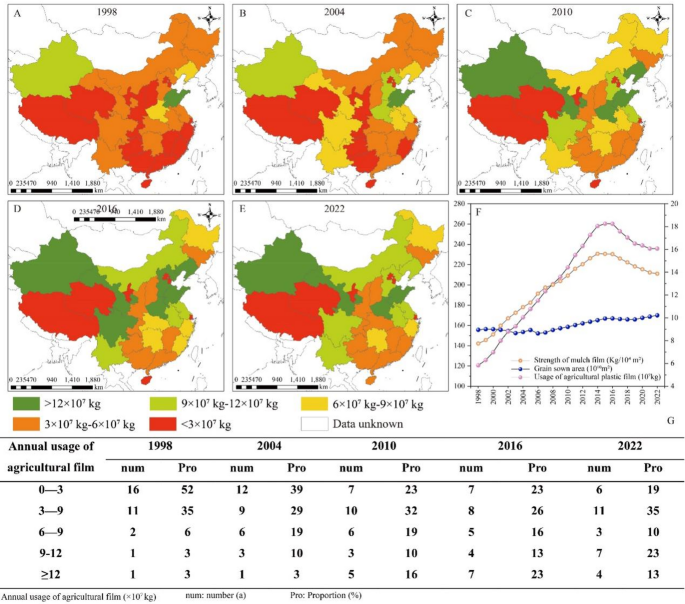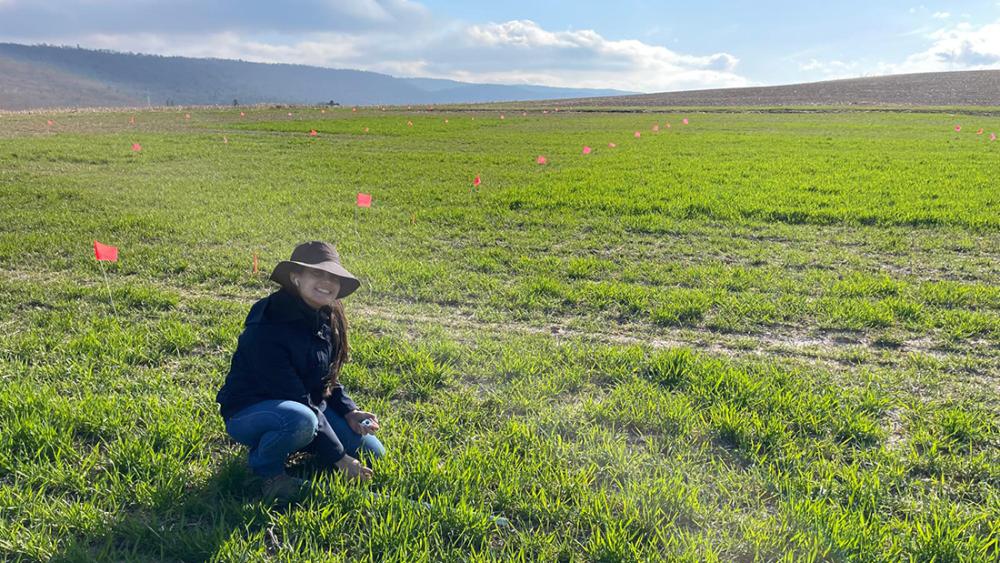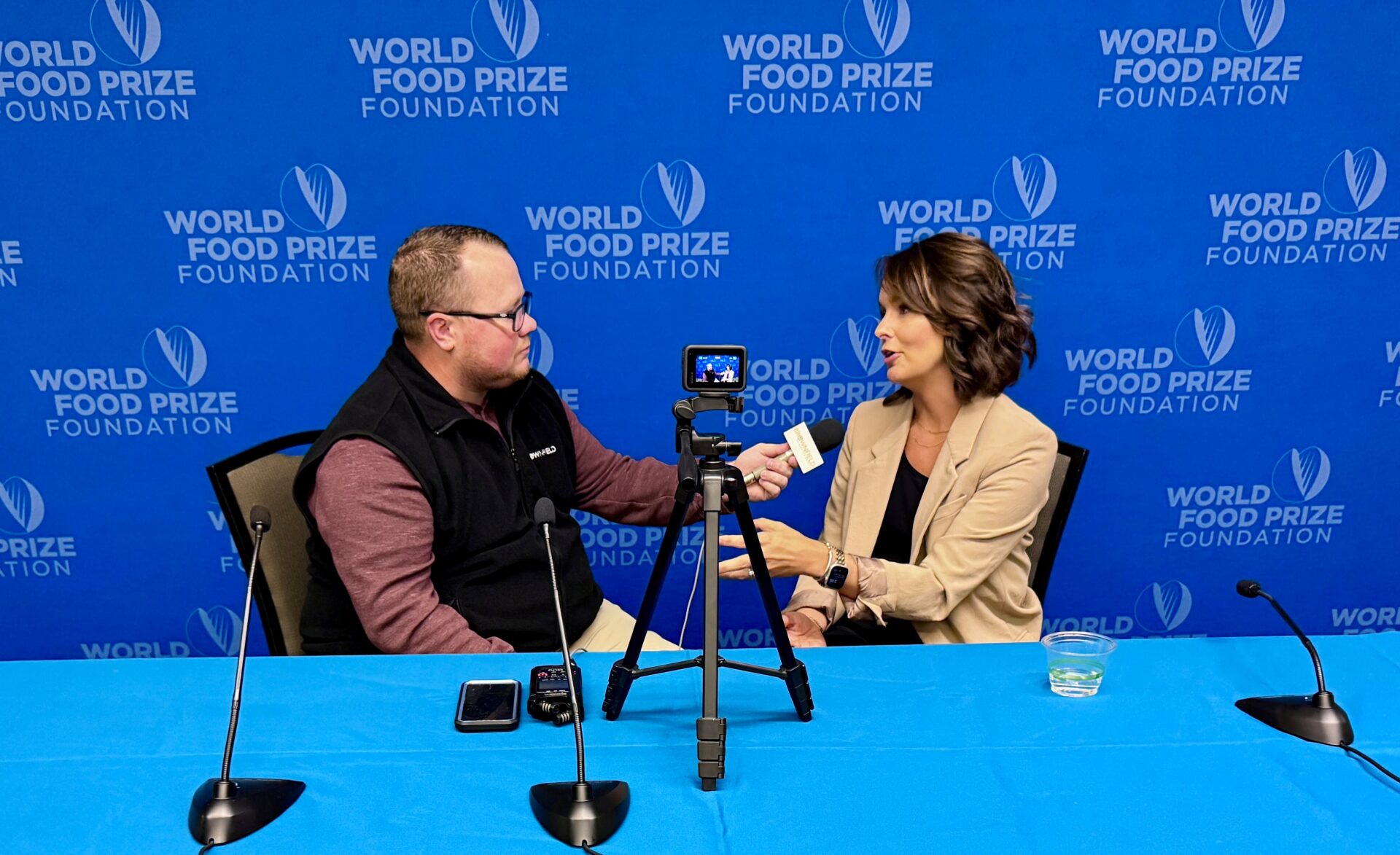Report on the Spatiotemporal Variation and Sustainable Management of Agricultural Film Usage in China (1998-2022)
Executive Summary
This report analyzes the use of agricultural films (AGF) in China from 1998 to 2022, focusing on the critical balance between enhancing agricultural productivity and achieving key Sustainable Development Goals (SDGs). While AGFs contribute to SDG 2 (Zero Hunger) by improving crop yields, their excessive application has led to significant environmental degradation, undermining SDG 12 (Responsible Consumption and Production) and SDG 15 (Life on Land). The study identifies a critical usage threshold beyond which yield benefits diminish, providing a quantitative basis for developing differentiated policies. Recommendations include enforcing usage caps, promoting biodegradable alternatives, and implementing spatial controls to align agricultural practices with global sustainability targets.
1. Introduction: Aligning Agricultural Productivity with Sustainable Development Goals
Agricultural films are a critical tool for modern agriculture, directly supporting SDG 2 (Zero Hunger) by increasing crop yields, conserving soil moisture, and reducing reliance on herbicides. However, the widespread and often excessive use of these plastic-based materials has resulted in severe soil contamination from residual films, microplastics, and the leaching of harmful chemicals. This environmental fallout poses a direct threat to terrestrial ecosystems and soil health, conflicting with the objectives of SDG 15 (Life on Land). Furthermore, the overuse and inadequate recycling of AGFs challenge the principles of SDG 12 (Responsible Consumption and Production). This report examines the spatiotemporal dynamics of AGF usage in China to provide a scientific foundation for policies that reconcile the goals of food security with environmental stewardship.
2. Analysis of AGF Usage Dynamics (1998-2022)
2.1. Temporal Trends and Intensity
The analysis of AGF usage in China reveals a distinct two-phase trend, reflecting a shift from rapid expansion to a period of stabilization and reduction, crucial for achieving sustainable production patterns (SDG 12).
- Growth Phase (1998-2016): Total AGF usage increased by 115.64%, from 1.21 billion kg to a peak of 2.60 billion kg. This expansion was instrumental in boosting food production in line with SDG 2.
- Decline Phase (2016-2022): Usage decreased by 8.75% to 2.38 billion kg, indicating a policy shift towards more sustainable and efficient agricultural practices.
- Usage Intensity: Intensity per hectare doubled from 7.75 kg/ha in 1998 to 15.60 kg/ha in 2015 before stabilizing, highlighting the need for efficiency gains rather than increased material input.
2.2. Spatial Distribution and Shift
The geographical distribution of AGF usage has evolved, indicating a need for spatially targeted environmental management strategies to protect vulnerable ecosystems (SDG 15).
- The center of AGF usage shifted 235.91 km to the southwest over the 24-year period.
- This shift signifies an expansion of intensive agriculture into new, potentially ecologically fragile regions, requiring proactive spatial controls to prevent land degradation.
- The proportion of provinces with high AGF usage (≥ 90 million kg) grew from 6% to 39%, concentrating environmental pressures in key agricultural zones like the North China Plain and Xinjiang.
3. Key Drivers of AGF Usage
Understanding the factors driving AGF consumption is essential for designing effective interventions that promote responsible production (SDG 12).
- Crop Yield Demands (CL): The need to increase food production, particularly grain (influence growth of 70.47%), remains a primary driver, linking AGF usage directly to food security objectives (SDG 2). Vegetable cultivation also shows a high dependency on AGFs.
- Plastic Film Usage Conditions (NM): The area covered by mulch (AREA) and the amount of plastic film used (PLM) are the most significant factors, with a strong positive correlation (r ≈ 0.92), indicating a self-reinforcing cycle of use.
- Policy and Land Use Factors (ZC): The conversion of farmland for construction (BUD) showed an increasing influence on AGF usage patterns, highlighting the complex interplay between urbanization, agricultural intensification, and environmental sustainability.
4. Threshold Effect and Implications for Sustainable Production
The study identifies a critical threshold for AGF application, providing a data-driven tool for optimizing resource use and minimizing environmental harm, central to SDG 12 and SDG 15.
- Optimal Threshold: A usage threshold of 48,445 tons per region was identified. Beyond this point, the marginal benefits of AGF on crop yield decline sharply.
- Low-Use Regions: Below the threshold, increasing AGF input correlates with significant yield gains (β = 9.670), supporting progress toward SDG 2.
- High-Use Regions: Above the threshold, the impact of AGF on yield is greatly diminished. In these areas, factors like land conversion for construction have a much larger effect on productivity (11.5 times greater), suggesting that further AGF input is inefficient and environmentally detrimental.
5. Policy Recommendations for Sustainable AGF Management
To balance agricultural productivity with environmental protection, a differentiated governance system is proposed, grounded in the principles of the Sustainable Development Goals.
5.1. Differentiated Management Strategies
- High-Use Regions: To advance SDG 12 and SDG 15, these regions should enforce strict caps on AGF input based on the identified 48,445-ton threshold. The policy focus must shift from input quantity to land use efficiency and infrastructure improvement.
- Low-Use Regions: To support SDG 2, these regions can strategically increase AGF input toward the optimal threshold to maximize yield gains while avoiding the inefficiencies and environmental damage associated with overuse.
5.2. Promoting a Circular Economy and Innovation (SDG 12)
- Alternative Materials: Accelerate the research, development, and adoption of biodegradable films, new material-based mulches, and organic mulching techniques to replace traditional plastics.
- Recycling and Reuse: Establish robust collection and recycling systems to address the current low recycling rate (<10%) of agricultural plastic waste, creating a circular economy for agricultural plastics.
5.3. Spatial and Environmental Controls (SDG 15)
- Implement strict spatial controls to prevent the expansion of AGF-intensive agriculture into ecologically sensitive southwestern areas, thereby protecting biodiversity and preventing land degradation.
- Integrate IoT-based intelligent monitoring systems to dynamically manage AGF input based on real-time soil conditions and land carrying capacity.
6. Conclusion
The use of agricultural films in China presents a classic sustainable development challenge: balancing the immediate need for food security (SDG 2) with the long-term imperatives of responsible consumption (SDG 12) and environmental protection (SDG 15). This report demonstrates that China’s AGF usage has shifted from a phase of expansion to one of efficiency-seeking. The identification of a clear economic and ecological threshold provides a powerful, evidence-based tool for policymakers. By implementing differentiated, threshold-based management strategies, investing in sustainable alternatives, and strengthening recycling systems, China can transition toward a model of agriculture that is both highly productive and environmentally sustainable, offering a valuable framework for other nations facing similar challenges.
Analysis of Sustainable Development Goals in the Article
1. Which SDGs are addressed or connected to the issues highlighted in the article?
The article on agricultural film (AGF) usage in China addresses several interconnected Sustainable Development Goals (SDGs) by examining the balance between agricultural productivity and environmental degradation.
- SDG 2: Zero Hunger: The primary motivation for using AGF, as stated in the article, is to “improve crop yield, conserve soil moisture, and reduce herbicide use.” The entire study revolves around enhancing “agricultural productivity” through AGF while mitigating its negative effects. This directly connects to the goal of ending hunger, achieving food security, and promoting sustainable agriculture.
- SDG 12: Responsible Consumption and Production: This is a central theme of the article. It highlights the problems of “excessive application,” “overuse,” and “insufficient recycling of agricultural films.” The proposed solutions, such as enforcing “threshold-based caps on AGF input” and accelerating the “adoption of biodegradable or recyclable alternatives,” align directly with ensuring sustainable consumption and production patterns.
- SDG 15: Life on Land: The article extensively discusses the negative environmental impacts of AGF on terrestrial ecosystems. It points to “substantial soil contamination,” the accumulation of “residual agricultural films in the fields,” and the formation of “microplastics from the soil.” The recommendation to “prevent AGF expansion into ecologically fragile southwestern areas” further emphasizes the connection to protecting, restoring, and promoting the sustainable use of terrestrial ecosystems and halting land degradation.
2. What specific targets under those SDGs can be identified based on the article’s content?
Based on the issues and solutions discussed, several specific SDG targets can be identified:
-
Under SDG 2 (Zero Hunger):
- Target 2.4: “By 2030, ensure sustainable food production systems and implement resilient agricultural practices that increase productivity and production…” The article’s core objective is to find a pathway to “balance agricultural productivity with environmental sustainability.” It analyzes how to optimize AGF use to maintain high crop yields without causing long-term soil damage, which is the essence of a sustainable food production system.
-
Under SDG 12 (Responsible Consumption and Production):
- Target 12.2: “By 2030, achieve the sustainable management and efficient use of natural resources.” The study identifies a “usage threshold of 48,445 tons,” beyond which yield benefits drop sharply. This suggests a data-driven approach to managing the use of plastic (a natural resource derivative) more efficiently.
- Target 12.4: “By 2020, achieve the environmentally sound management of chemicals and all wastes throughout their life cycle… and significantly reduce their release to… soil…” The article details how AGFs lead to soil pollution through residual films, microplastics, and the release of harmful substances like “organophosphates” and “phthalates,” highlighting the need for sound management to prevent this release.
- Target 12.5: “By 2030, substantially reduce waste generation through prevention, reduction, recycling and reuse.” The article explicitly points out the problem of “insufficient recycling” and proposes solutions like improving “recycling systems” and promoting “biodegradable or recyclable alternatives” to reduce plastic waste in agriculture.
-
Under SDG 15 (Life on Land):
- Target 15.3: “By 2030, combat desertification, restore degraded land and soil…” The article’s focus on “substantial soil contamination” and “plastic pollution” as a “key issue in the restoration of soil contamination” directly relates to halting and reversing land degradation caused by agricultural practices.
3. Are there any indicators mentioned or implied in the article that can be used to measure progress towards the identified targets?
Yes, the article mentions several quantitative and qualitative indicators that can be used to measure progress:
- Total AGF Usage (in kg or tons): The article tracks this metric over time, stating usage rose from “120.69 × 10⁷ kg in 1998 to 260.26 × 10⁷ kg in 2016.” This is a direct indicator for monitoring consumption patterns (Target 12.2).
- AGF Usage Intensity (in kg/ha): The study notes an increase in usage intensity from “7.75 kg/ha (1998) to 15.60 kg/ha (2015).” This indicator measures the efficiency of AGF application and is crucial for managing use below the identified productivity threshold (Target 12.2).
- Amount of Residual AGF in Soil (in kg/hm²): The article cites a figure of “265.3 kg/hm²” in high-use regions. This indicator directly measures the level of plastic pollution in soil, which is relevant for tracking land degradation (Target 15.3) and waste management effectiveness (Target 12.4).
- Crop Yield (CL): This is a primary variable in the study, used to determine the “marginal yield benefits” of AGF. It serves as an indicator for agricultural productivity (Target 2.4).
- Recycling and Reuse Rate (%): The article explicitly states that the “reuse and recycling rates of agricultural plastic waste remain extremely low, falling below 10%.” This percentage is a key performance indicator for progress on waste reduction (Target 12.5).
- Adoption Rate of Alternatives (%): The call to “accelerate adoption of biodegradable or recyclable alternatives” implies that the rate of adoption of these sustainable materials is a crucial indicator for shifting towards more responsible production patterns (Target 12.5).
4. Summary Table of SDGs, Targets, and Indicators
| SDGs | Targets | Indicators Identified in the Article |
|---|---|---|
| SDG 2: Zero Hunger | 2.4: Ensure sustainable food production systems and resilient agricultural practices. |
|
| SDG 12: Responsible Consumption and Production | 12.2: Achieve the sustainable management and efficient use of natural resources. |
|
| 12.4: Achieve environmentally sound management of chemicals and all wastes to minimize their adverse impacts on soil. |
|
|
| 12.5: Substantially reduce waste generation through reduction, recycling, and reuse. |
|
|
| SDG 15: Life on Land | 15.3: Combat desertification, restore degraded land and soil. |
|
Source: nature.com






